How and with what to fertilize strawberries in the spring?
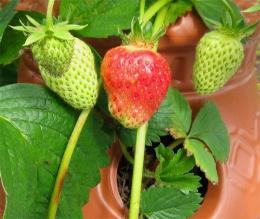
Strawberry seedlings are usually planted in a permanent place in the second half of August. The bed for planting strawberries is carefully dug up with added fertilizers – rotted mullein or humus.
Content:
Planting and care
To plant seedlings, holes are dug in the garden bed into which mineral fertilizers are applied. The application rates for fertilizing are as follows: 1 bucket of compost (humus), 20g. potassium salt, 25g. urea and 40g. superphosphate. All ingredients must be thoroughly mixed; this can be done directly in the well.
The grooves with fertilizer are thoroughly spilled with water (1 bucket of water per square meter of bed), after which strawberry seedlings are planted.
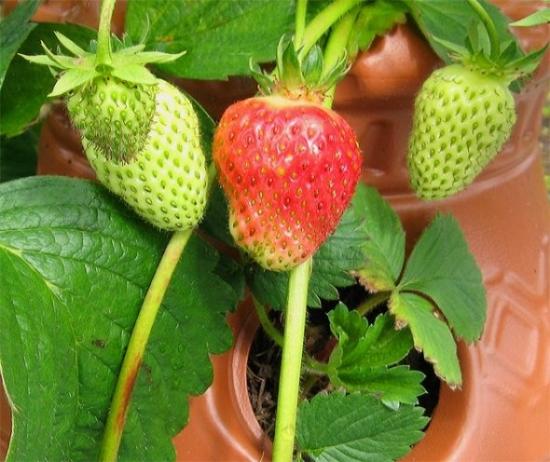
The bed should always be in order, so weeds must be carefully removed and the soil regularly loosened. Weeds not only prevent strawberries from developing well, but can also lead to the formation of a strawberry disease such as gray rot.
How to fertilize strawberries in spring?
After the snow melts and the soil dries out, the beds are cleared of debris and last year's leaves. Strawberry bushes are mulched with humus, sawdust or moss. You can also use pine litter.
Young strawberries are not fertilized in the first year, since the fertilizers applied during planting are quite sufficient. In subsequent years, fertilizers must be applied, and this must be done in a timely manner.
When and how to fertilize strawberries in the spring depends on the age of the plants.In the second and fourth years of growth, strawberries are fed with mineral fertilizers and organic matter, and in the third year only with mineral fertilizers. The amount of fertilizer applied is the same as during planting, only the amount of urea is reduced to 10g.
Fertilizers are applied directly under the bushes, adding two centimeters of soil, as well as between the rows to a depth of 8-10 cm. Strawberries are thoroughly watered.
You can also perform foliar feeding with special fertilizers: the first time on young leaves, the second time during flowering, the third time on green ovaries. Fertilizers are applied leaf by leaf during the growing season, when plants are actively developing. In this case, losses are practically eliminated, fertilizers are well absorbed and almost completely reach the plants. And of course, spring and the beginning of flowering is a very suitable time for foliar feeding. It's unlikely that anyone will come up with an idea spray during the fruiting period.
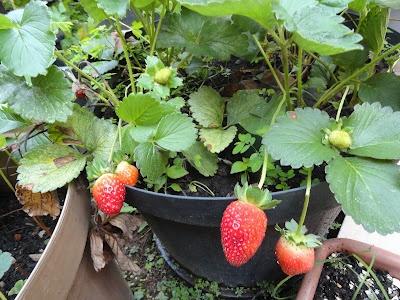
For foliar feeding, you need to know that elements such as nitrogen, phosphorus, potassium, magnesium are quite mobile, they easily move from the absorption point from top to bottom. That is, they can freely move to where they are most needed - these are young buds, leaves and newly formed roots.
Elements such as copper, iron, boron, manganese and calcium are characterized by low mobility; their distribution mainly occurs from the bottom up from the zone of contact with the foliage. Therefore, if your sprayer is not working well, or you bypassed your strawberry bushes too quickly and did not wet the moldings well, then certain elements will not reach them at all.
Organic and microbial feeding
Organic matter, as a fertilizer, is interesting because it is impossible to overfeed plants with it.After all, many have probably encountered a situation where a plant overfed with nitrates rushes into the tops, leaving us sadly waiting for the ovaries that never appeared. Organic matter is never absorbed in excess. But the size of the fruits, of course, is not as gigantic as with mineral fertilizer.
Additions of organic tinctures to microcomplexes are also good. These are the so-called organic-mineral fertilizers, or OMF for short. It is noted that combined plant-mineral fertilizers reduce the need for chemicals by almost three times. They also make tank mixtures when plant preparations for pests are added to the fertilizers.
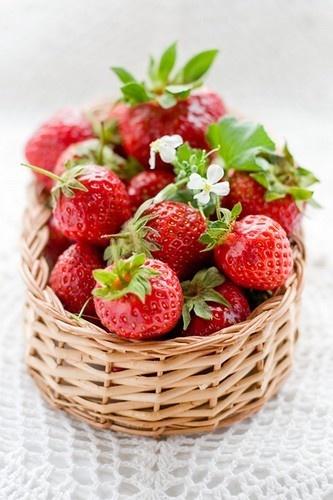
If your strawberry plantation has been using organic mulch, and you add a layer of compost or humus in the spring, then chemical fertilizing is not needed at all. The soil has already developed a microbial environment, and the number of earthworms is increasing. Together they do an excellent job of both fighting pathogens and improving nutrition and air exchange in the soil.
But if you are just starting to switch to an organic way of farming, then the introduction of so-called effective microorganisms, or EM for short, can be a very tangible help. Such preparations contain a unique complex of fungi, microbes and bacteria, which have a very strong effect on improving the health of the environment.
Strawberries are a very responsive plant to feeding and care conditions. By gradually observing the nature of its growth, you will be able to select the optimal fertilizers and growing conditions. If you are a fan of chemical fertilizers, be careful with dosages. Perhaps the best option would be to combine herbal tinctures and mineral water, which will significantly reduce the consumption of chemicals.Organic fertilizers are generally safe. The choice is yours.

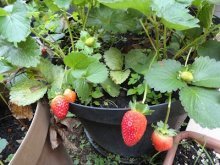

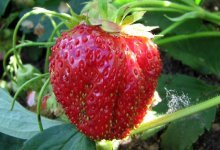
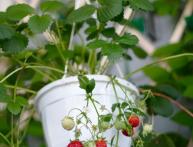
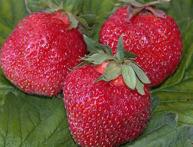

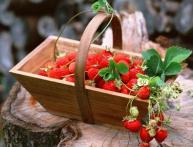
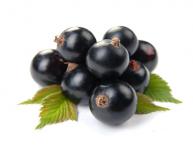
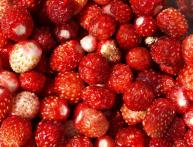
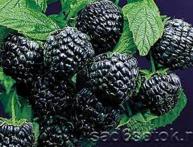
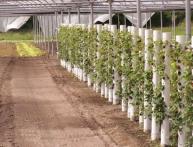
Comments
Now it’s clear why over time my berries become smaller and in smaller quantities. I do not fertilize strawberries every year, but only before planting. But every year I plant young seedlings.